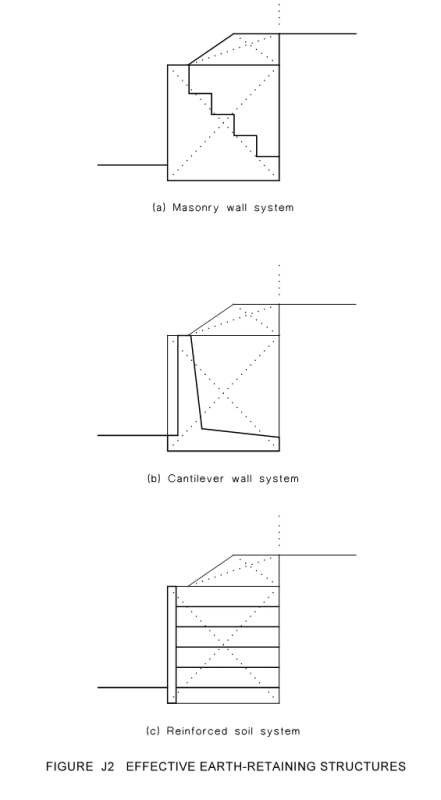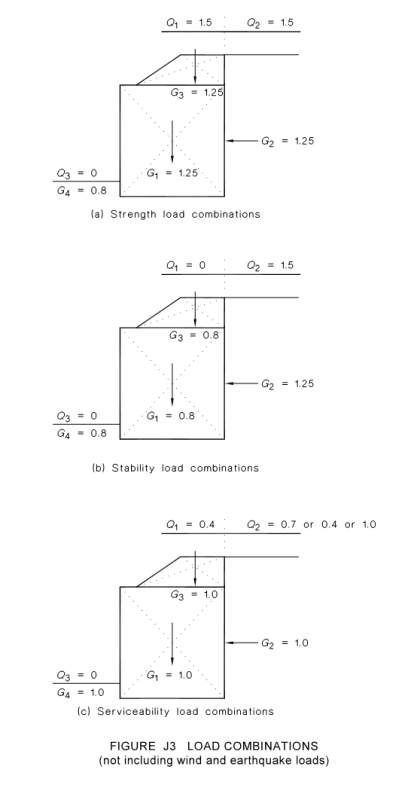Lily_Linton
Civil/Environmental
- Nov 23, 2017
- 21
Hello Everyone,
I do checking for stability of foundation as per 0.9G (Sec. 4.2.1 AS 1170.0). Now, I will be designing a simple retaining wall and I thought that the load combination at section 4.2.1(b) can be used since there's a lot of destabilization force present. But my checker told me to just use 0.9G for stability.
Question, when are we to use the section a and section b of for this?
Thank you very much
I do checking for stability of foundation as per 0.9G (Sec. 4.2.1 AS 1170.0). Now, I will be designing a simple retaining wall and I thought that the load combination at section 4.2.1(b) can be used since there's a lot of destabilization force present. But my checker told me to just use 0.9G for stability.
Question, when are we to use the section a and section b of for this?
Thank you very much


